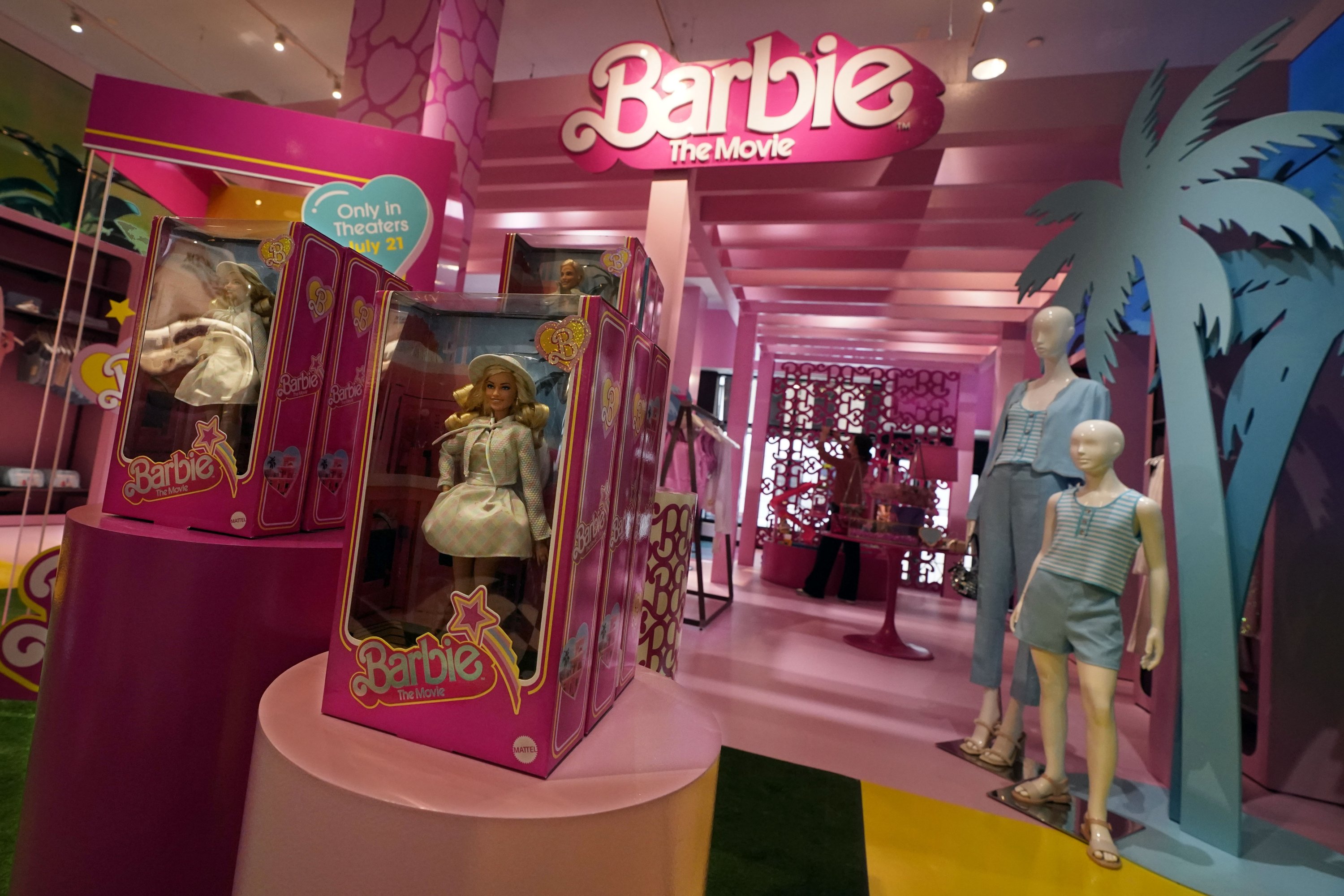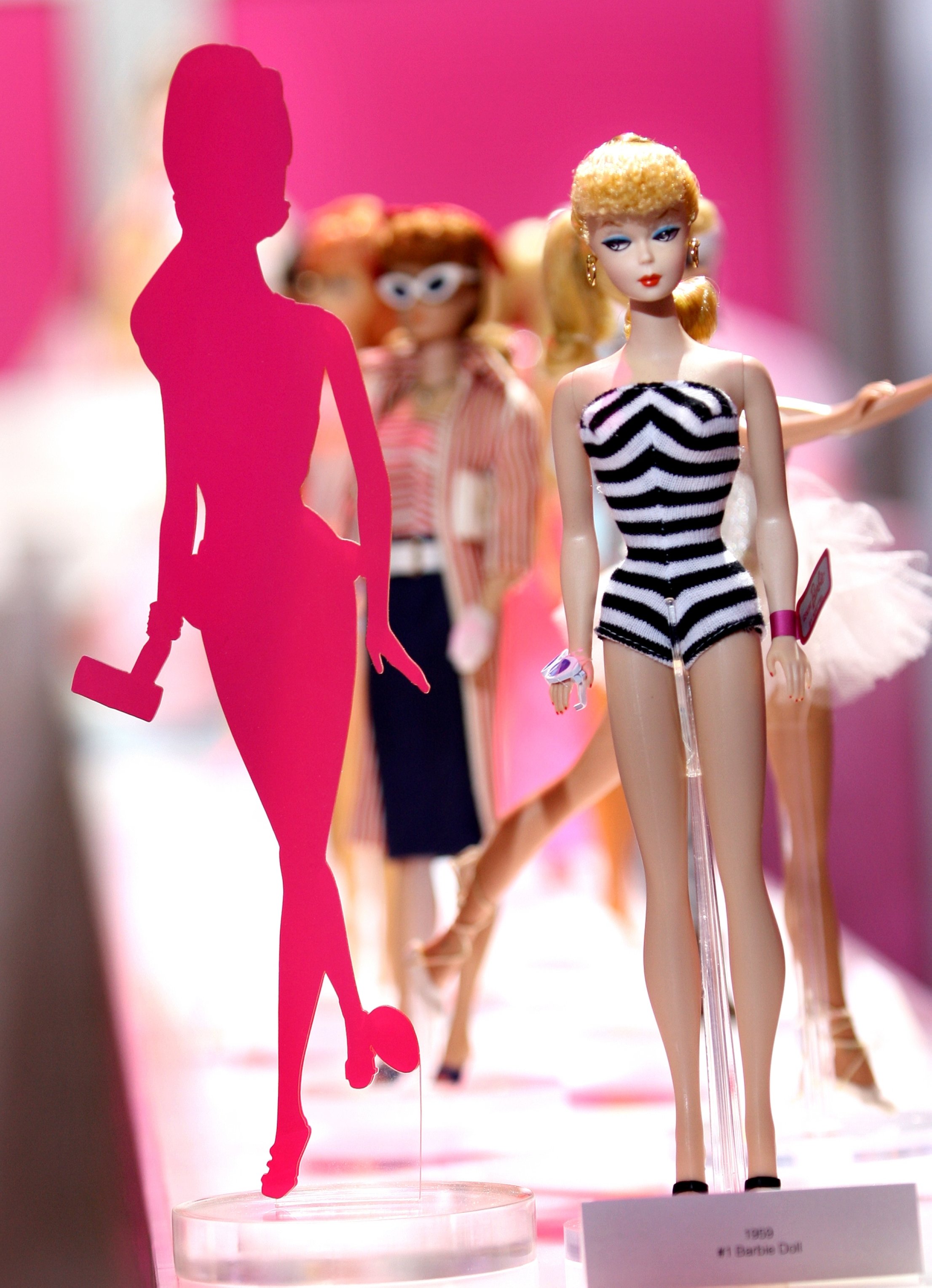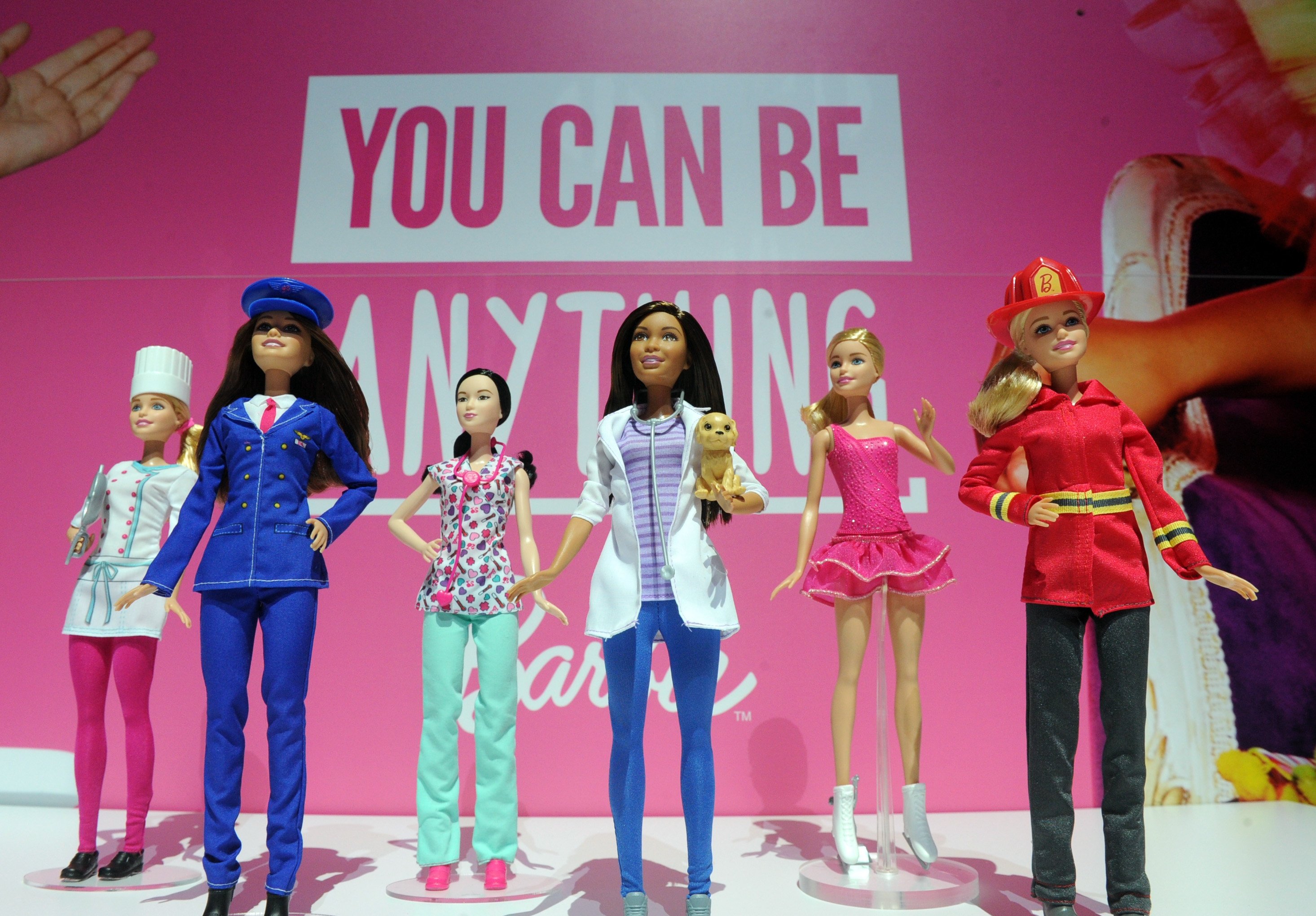© Turkuvaz Haberleşme ve Yayıncılık 2026
I vividly recall the day I held my very first Barbie doll as if it were just yesterday: I was 6 years old, and my father had left the box he brought back from a trip in my eager hands, saying, "This is all yours."
Within that box lay an exquisite Barbie doll – statuesque, blonde, blue-eyed, adorned with a radiant smile, resplendent in pink garments and boasting an array of perfect accessories. It was the cherished doll I had yearned for and, at last, possessed.
Growing up during the era when Barbie's most iconic collections graced store shelves, I, like many others, was inspired by the ethos of "unleash your potential." Consequently, I met the news of the Barbie movie's release with fervent anticipation. I was aware that numerous individuals shared my enthusiasm for the film. However, what I failed to predict was the whirlwind of global marketing hysteria that would swiftly ensue once the film hit theaters.
Owing to Barbie's influence, which has spearheaded a novel wave of consumer frenzy across multiple nations, particularly in the United States, securing even a can of pink paint for home decor now proves an arduous task in many countries. This scarcity can be attributed to the pervasive use of "Barbie pink," a hue now distinguished by its own Pantone code and inseparably linked to the doll's legacy, especially since the 1970s, and prominently featured throughout the film's production. Moreover, the fervor has led to a depletion of pink paint supplies, as countless individuals have undertaken the endeavor of painting their residences in the signature hue.

The undeniable success of Greta Gerwig and her recent hit on the silver screen is evident. However, the triumph achieved by toy company Mattel, the producer of Barbie dolls, is even more impactful for sure. In anticipation of the release of the "Barbie" film in July, Mattel launched a marketing campaign spanning over 100 brands. As a result, the 64-year-old Barbie brand is now more popular than ever and currently, we all live in a “Barbie World.”
From bus stop benches painted pink to store windows adorned with pink garments, the impact is clear. Even Microsoft's Xbox released a Barbie series.
Participating restaurants concoct pink cocktails, while decorators offer pink ceramic options to infuse kitchens with a Barbie essence.
Fast-food chains now offer “Barbie menus,” featuring pink milkshakes, pink burgers and pink cream-filled donuts.
Prominent brands consecutively unveil new Barbie collections, with special editions selling out within days of their release.
So, how did Barbie – once burdened with competition from other toy doll brands and accusations of promoting unrealistic beauty ideals – manage to transcend this and carve a distinctive path in today's consumer frenzy?
While I acknowledge that the film largely contributes to this achievement, I don't believe it's solely responsible.
To begin with, despite the launch of a racially diverse Barbie in the 1980s, and even today, the topic of "diversity" remains a subject of ongoing discussion. Nonetheless, significant strides have been made in this domain over time. These improvements have culminated in Barbie offering dolls in four different body types, seven skin tones, 22 eye colors and 24 hairstyles.
Barbie, accounting for one-third of toy company Mattel's sales, has recently introduced dolls in various colors and with attributes like prosthetic legs, wheelchairs and hearing aids to bolster diversity. This year, they introduced the first-ever Barbie with Down syndrome, garnering considerable attention.
In the wake of this, wheelchairs and hearing aid-equipped Barbies followed suit. Furthermore, dolls inspired by feminist narratives and the empowering stories of women have also been created.

In essence, Barbie, seeking to reclaim a prominent position in the market by aligning with the sensibilities of today's politically correct world, had already begun making reparations, rectifying past mistakes well before the movie even came into play.
Now, addressing the movie's impact: For years, Barbie has been critiqued for propagating unrealistic body standards, encouraging conspicuous consumption through opulent accessories, and lacking gender and ethnic inclusivity. It's been accused of contributing to body image struggles, mental health issues, and eating disorders among young girls. The release of dolls with varied body shapes, skin tones and gender-neutral designs seems an extension of Barbie's efforts to improve its image.
The film's anti-perfectionism theme, resonating with the "uncool is cool" ethos embraced by Generation Z, has further invigorated Barbie's efforts at image restoration. This transformation has allowed Barbie, an icon once synonymous with idealized bodies and lives, to confront the imperfections of real life, making her more relatable to us, everyday individuals.
Undoubtedly, a key factor contributing to the film's widespread appeal lies in Barbie's notable alignment with feminism, a remarkable shift considering its historical exposure to feminist critique. Yes, this time, Barbie is a representative of feminism.
Regrettably, the commendable messages upheld by the movie and the issues it addressed became overshadowed by the overwhelming pink tide of the advertising campaign. The campaign nearly eroded the film's messages entirely.
As Barbie rapidly expands in the global market through campaigns orchestrated by Mattel, it simultaneously mocks U.S. capitalism through the movie. Well, as I elucidated in a prior piece, capitalism knows how to seize opportunities amid crises. Just like it has molded feminism to suit its needs, capitalism can also make fun of itself while selling you all those "pinky things" to profit from you. And of course, Hollywood's sincerity, naturally, is proportionate to that of capitalism.

Both Hollywood and capitalism have an affinity for success stories and fairy tales. So, it's vital to acknowledge that the awakening activism depicted in Hollywood's "rebels" can also function as a veneer that feeds into capitalism.
Undoubtedly ingenious, yet tragically humorous...
Hence, the film's and the brand's defense of diversity and individual freedoms, as well as its touch on social issues, were eclipsed by the image revitalization endeavors.
Moreover, shortly after the "Barbie" film's release and its subsequent box office triumph, it encountered bans in various countries. The movie's prohibition in places like Libya, Kuwait and Algeria, on charges of promoting homosexuality, added another layer to its notoriety. This situation created distinct consumption markets for both proponents and opponents of a particular viewpoint, effectively capitalizing on this polarization.
Again, it's ingenious.
All in all, Barbie's transformation from an unrealistic icon often criticized for perpetuating unattainable ideals to a symbol of diversity, empowerment and even feminism illustrates the remarkable ability of brands to evolve and align with changing values. The film's resonance stems from its ability to tap into the zeitgeist of anti-perfectionism and inclusion, fostering a newfound appreciation for a doll that has journeyed far from its origins.
However, it's important to keep in mind that this is merely a segment within the sweeping saga of capitalism, where ingenious marketing intersects with societal desires. Thus, as we commend Barbie's evolution into the contemporary symbol of capitalism, let's not lose sight of the fact that within the vast arena of popular culture, even a plastic doll can choreograph a dance reflecting our societal rhythm. And when the occasion calls for it, let's remain mindful to proclaim that "kenough is kenough!"
